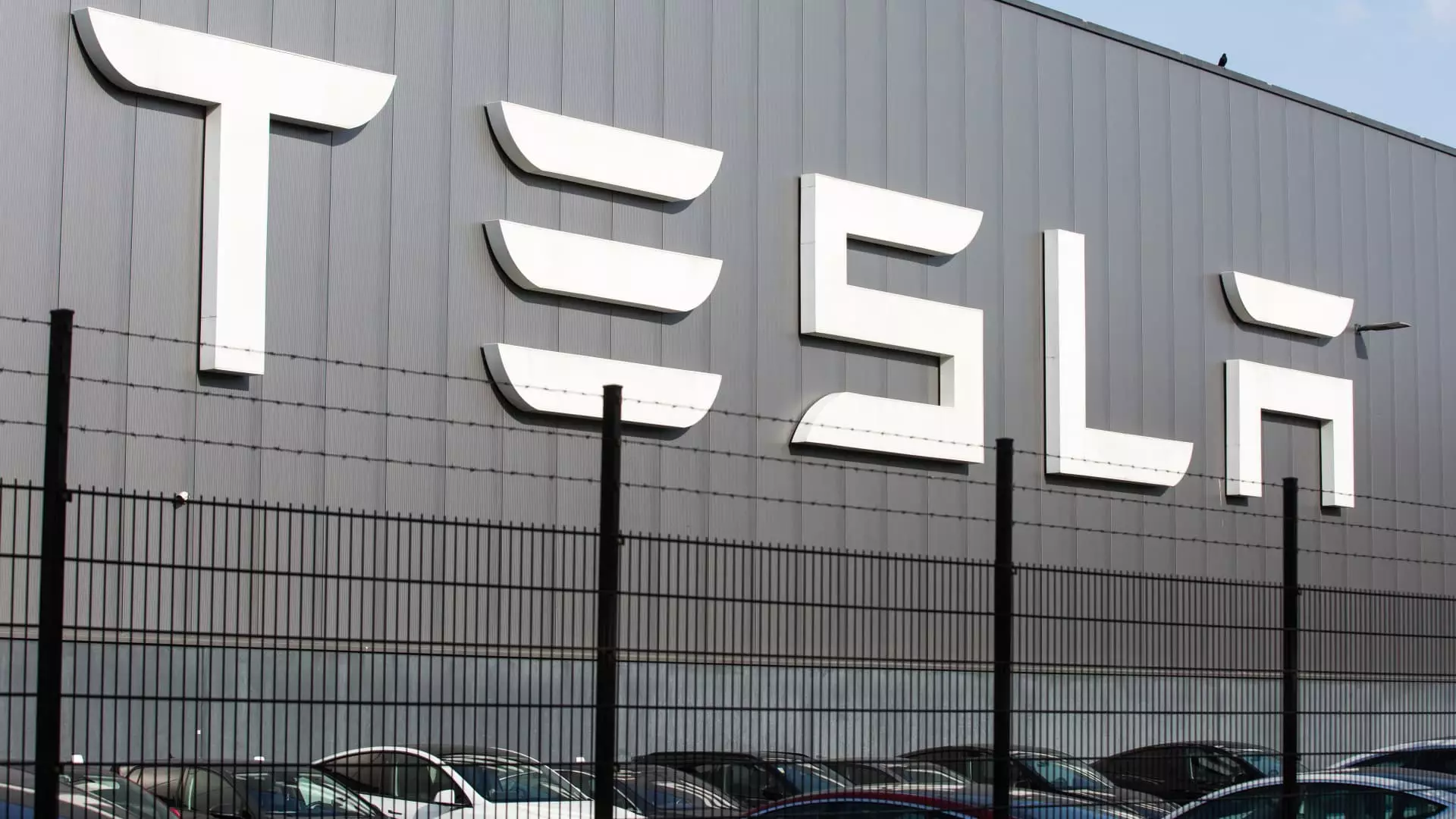Elon Musk’s recent announcement of Tesla’s “first fully autonomous” delivery of a Model Y SUV in Austin, Texas, has stirred up considerable excitement among tech enthusiasts and Tesla loyalists alike. However, a deeper examination reveals that the headline claim is less a leap forward and more a carefully crafted marketing episode wrapped in half-truths and unfulfilled promises. While Tesla’s advancement in driverless technology is undeniable, Musk’s boastful framing glosses over key truths about Tesla’s current autonomous capabilities, regulatory scrutiny, and market challenges that reflect a sobering reality beneath the hype.
Illusions of Full Autonomy: A Misleading Marketing Triumph
At first glance, seeing a Model Y traverse busy Austin highways and residential streets with no human behind the wheel seems like a monumental breakthrough. Yet, this demonstration strays far from the “fully autonomous” reality Musk proclaims. Tesla has yet to deliver a commercially available system that genuinely removes the human driver from the safety equation. According to Tesla’s own Full Self-Driving (FSD) user manual, drivers must remain vigilant, hands on the wheel, prepared to intervene instantly. So, while the video shows no person visibly steering the vehicle during delivery, Musk’s omission of critical details—such as the presence of remote supervisors or the exact software version used—walks a fine line between transparency and obfuscation.
The concept of an unsupervised, driverless Tesla roaming public streets is tantalizing but premature. The National Highway Traffic Safety Administration (NHTSA) is actively investigating Tesla’s FSD systems over safety concerns and rule violations, underscoring that the technology is neither foolproof nor fully sanctioned. Tesla’s groundbreaking “Paint It Black” Autopilot video from 2016 turned out to be staged, further amplifying skepticism about Musk’s habit of overpromising technical milestones.
The Competitive Landscape and Regulatory Hurdles
Musk conveniently positions Tesla as pioneering “the first” truly driverless service on public roads. Yet, Alphabet-owned Waymo has been commercially operating robotaxis in multiple U.S. cities—Phoenix, Los Angeles, and San Francisco—with fully autonomous vehicles since 2024. This claim from Tesla reflects a mix of ambition and selective narrative crafting that is typical from the CEO’s camp. Meanwhile, Tesla’s robotaxi pilot in Austin, involving a small fleet of Model Ys, operates with a human safety driver aboard, highlighting the gap between aspirations and reality.
The autonomous vehicle sphere is evolving rapidly, but regulatory authorities remain rightly cautious, fostering stringent safety standards. Tesla’s sometimes cavalier attitude toward compliance—with vehicles reportedly breaking traffic laws—stands in contrast to the methodical, compliance-driven approach adopted by other industry leaders. This reckless posture threatens Tesla’s credibility and may invite tighter controls that hamper innovation.
Unpacking Musk’s Grand Promises and Their Collapse
Musk’s long-standing narrative of an imminent autonomous revolution powered by software updates has underwhelmed in delivery. Despite assurances dating back to 2016 about a simple over-the-air enhancement transforming every Tesla into a robotaxi, Tesla has not come close to fulfilling these grandiose projections. His 2019 promise of 1 million robotaxis active by 2020 is a stark example—a target conspicuously missed. These inflated forecasts have spurred investor enthusiasm historically, but now risk eroding trust as they collide with practical realities.
These broken promises resonate beyond the technical sphere—they influence Tesla’s stock valuation, investor confidence, and public perception. The excitement surrounding the recent driverless delivery video largely hinges on Musk’s charismatic leadership rather than tangible technological readiness.
Brand Vulnerability in an Increasingly Competitive Market
Tesla’s brand, once seen as invincible, is showing signs of fragility. Musk’s political entanglements—particularly his endorsements of controversial far-right groups and previous association with the Trump administration—have alienated segments of the European market, Tesla’s vital growth arena. Sales figures reflected a decline in key regions during early 2025, signaling that political controversies are not abstract issues but materially impacting Tesla’s bottom line.
To compound matters, Tesla faces intensifying competition from nimble Chinese EVmakers like BYD, Nio, and Xiaomi, who offer more affordable, up-to-date vehicles catering to an expansive global middle class. As Tesla’s technological edge narrows and public goodwill wanes, the company’s survival increasingly depends on overcoming both internal execution challenges and external geopolitical and market dynamics.
The Long Road Ahead for Tesla’s Autonomous Vision
Tesla’s narrative is filled with disruptive ambition, but the reality is a complicated web of unfinished technology, regulatory scrutiny, and brand challenges. Musk’s latest “driverless delivery” exemplifies the gap between Tesla’s visionary rhetoric and the concrete operational readiness of its autonomous systems. While the company undoubtedly pushes boundaries, interpreting this milestone as a seismic shift oversells an experiment still tethered by human intervention, ongoing investigations, and an uncertain timeline for mass-market deployment.
Ultimately, Tesla’s future hinges not just on flashy demos and aspirational marketing but on delivering safe, legal, and reliable autonomous technology to consumers, fostering trust through consistent performance rather than headline-grabbing stunts. Until then, the road to true autonomy remains littered with regulatory, technical, and strategic obstacles Tesla must navigate with far more sobriety than its leader’s boasts suggest.

